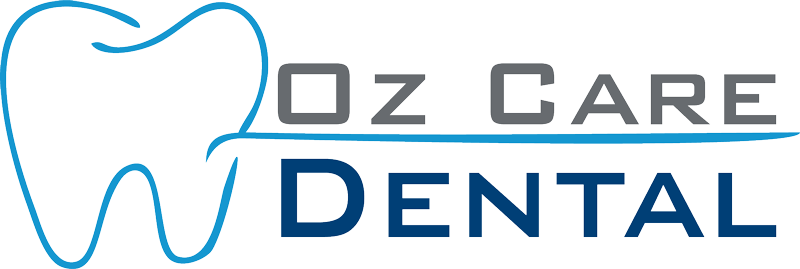Understanding Root Canal Treatment: A Comprehensive Guide
Root canal treatment, also known as endodontic therapy, is a dental procedure aimed at treating infection at the center of a tooth (the root canal system). This treatment is necessary when the pulp, the soft tissue inside the root canal, becomes inflamed or infected. If left untreated, the infection can spread, leading to severe pain and abscess formation. Here’s everything you need to know about root canal treatment.
What is Root Canal Treatment?
Root canal treatment is a procedure used to save a tooth that is badly decayed or infected. During the treatment, the nerve and pulp are removed, and the inside of the tooth is cleaned and sealed. Without treatment, the tissue surrounding the tooth will become infected, and abscesses may form.

Digital CT Scan
First our dental radiologist takes a digital 3D CT Scan of your teeth.Professional Consultation
We will discuss your primary issues and your wishes concerning your teeth.Dental Examination
This is followed by a professional examination of the teeth and gums.Complete Treatment Plan
We devise a complete treatment plan for restoring your healthy smile.What is Root Canal Treatment?
Benefits of Root Canal Treatment
- Conservation of Tooth Structure: The minimal preparation required helps preserve the natural structure of the adjacent teeth.
- Aesthetic Appeal: Adhesive bridges are designed to blend seamlessly with the natural teeth, providing an aesthetic and functional restoration.
- Quick Procedure: Typically, the procedure can be completed in fewer visits to the dentist compared to traditional bridges or implants.
- Reversibility: If necessary, the bridge can be removed without significant damage to the supporting teeth.
- Cost-Effective: Generally, adhesive bridges are less expensive than implants and conventional bridges.
The Procedure for Installing Adhesive Bridges
- Initial Consultation: The dentist assesses the gap and the health of the adjacent teeth to determine suitability for an adhesive bridge.
- Preparation: Minimal preparation is done on the adjacent teeth, primarily cleaning and slightly roughening the surface where the wings will attach.
- Impression and Fabrication: An impression of the area is taken and sent to a dental laboratory where the bridge is custom-made.
- Fitting: Once the bridge is ready, it is fitted and adjusted to ensure comfort and proper bite alignment.
- Bonding: The wings are then bonded to the back of the adjacent teeth using a dental adhesive.
Caring for Your Adhesive Bridge
- Regular Oral Hygiene: Brushing twice daily and using interdental brushes or floss to clean under the pontic and around the bridge is essential.
- Regular Dental Checkups: Routine visits are necessary to monitor the health of the bridge and the adjacent teeth.
- Avoiding Hard Foods: To prevent dislodging or damaging the bridge, avoid biting into hard foods with the restored teeth.
- Protective Measures: If you engage in contact sports, consider wearing a mouthguard to protect the bridge and surrounding teeth.
REQUEST AN APPOINTMENT
Fill out the form and we will contact you during our working hours. Urgent dental care will be provided usually the same day.
CONCLUSION
Adhesive bridges offer a viable and conservative alternative for replacing missing teeth, particularly suitable for areas that undergo less biting force. They provide both aesthetic and functional benefits while preserving the integrity of adjacent teeth. If you are missing a tooth and looking for a minimally invasive replacement option, an adhesive bridge might be an ideal solution. Consult with your dentist to determine if this treatment is appropriate for your dental needs.


